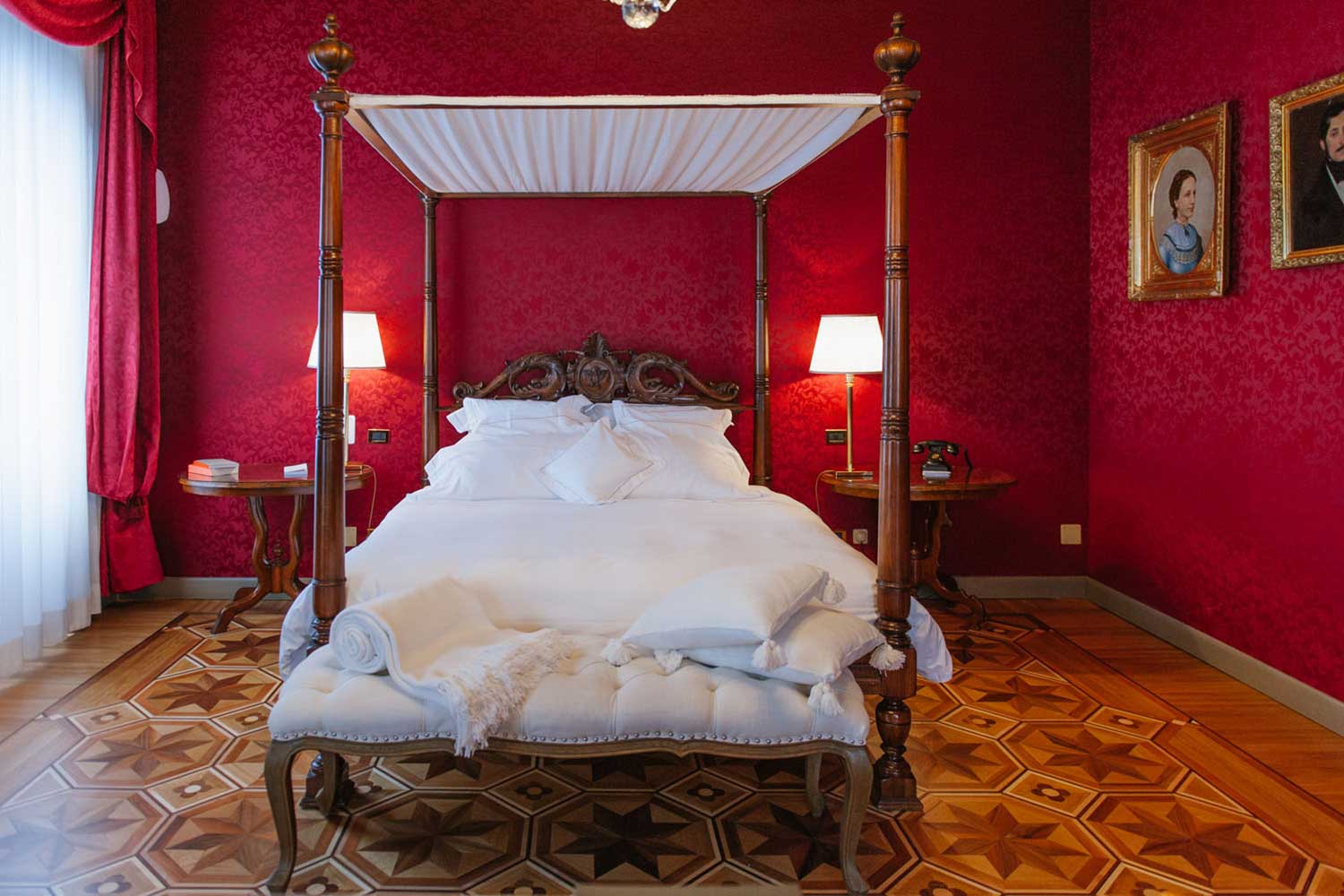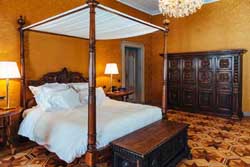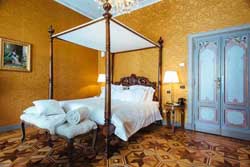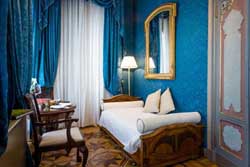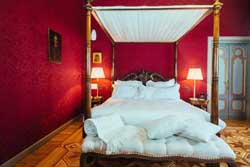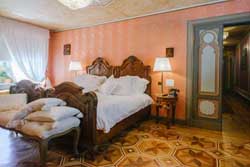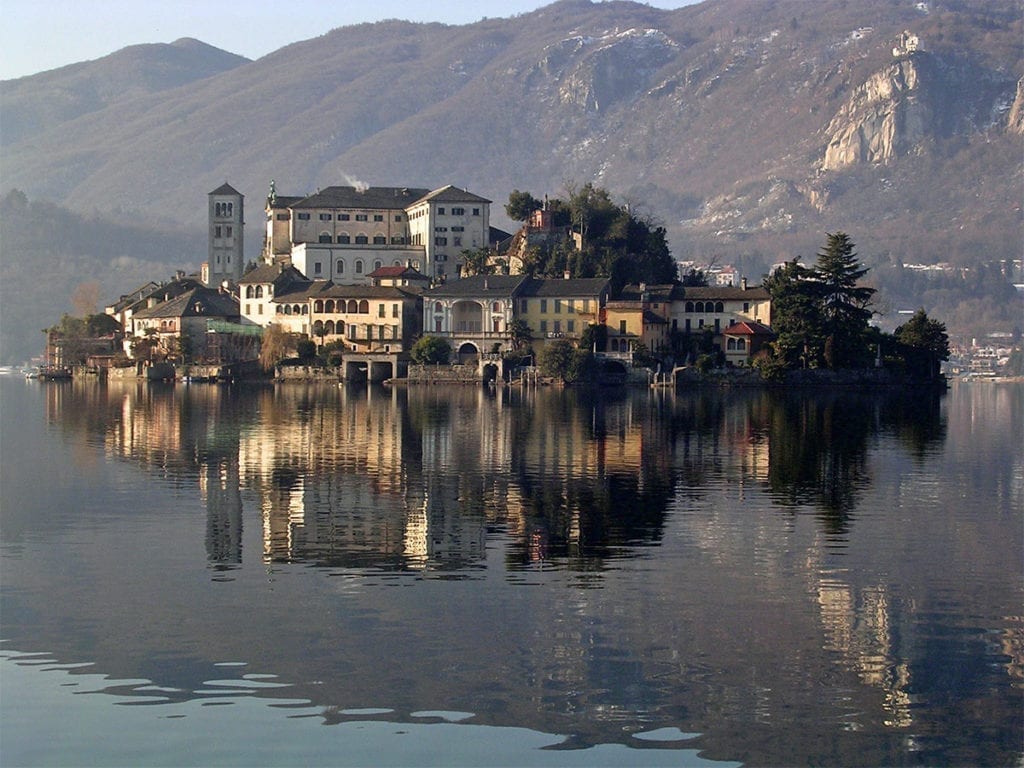Life and Works of San Giulio d’Orta
San Giulio d’Orta (Saint Julius) and San Giuliano (Saint Julian) were two brothers from a small Greek island. During their lifetime they built 100 churches and fought against dragons and snakes.
Aegina is a small island about 50 km from Athens. In the 4th Century, two brothers of Aegina, Julius and Julian, arrived on the shores of Lake Orta with the task of evangelizing the pagans and building churches. The Emperor Theodosius entrusted them with this responsibility and commissioned the brothers to physically destroy pagan altars and heathen woodlands as well as building churches in their place.
When they arrived in Italy, St. Julius and St. Julian lived for a period in Aqua Salvia, near Rome, then crossed Lazio and arrived in northern Italy without stopping their preaching, conversion and especially the construction of churches.
The number of churches erected by the two Greek brothers quickly rose and reached a remarkable total of 98 sites.
San Giulio and Lake Orta
As always, as we venture into the lives of the Saints, it is difficult to separate historical truth from stories and legends. Focusing on the latter, Julius would have left his brother with the task of building the ninety-ninth church in Gozzano, while he would go looking alone for the place where the hundredth would be built. The Saint is said to have chosen a delightful little island – as if he was able to “square the circle” (he left an island and returned to an island) – to be the ideal spot to build the 100th church. Since no one was willing to take him to the area he sought, Julius is said to have stretched his cloak over the waters of the lake, and travelled to it. On the island Julius fought dragons and snakes, freeing the island from pagan coils and laying the foundations of the church on the same spot where the Basilica di San Giulio is located today.
His life – truth or legend?
When reading about dragons, invading snakes, cloaks which float and carry, it would be easy to define it all as a “legend”. But things would seem a bit more complex. In fact, at least two of the more than 100 churches believed to have been built by Julius and Julian of Aegina have been proven to be of Paleo-Christian origin. Where? Right in Gozzano and on the island of San Giulio. Archaeological excavations carried out in the Basilica di San Giulio and in the San Lorenzo Church in Gozzano can confirm the hypothesis the “legend” of the two Saints actually entails different historical elements. On San Giulio, research has revealed traces of a primitive basilica (V-VI century) in the form of a small chapel with a single apse facing north.
The relics
The relics of St. Julius are still preserved in the Basilica di San Giulio, on the island of San Giulio, in the middle of Lake Orta. Julian’s relics, on the other hand, were moved in 1360 to the new church in Gozzano, dedicated to him, and placed under the high altar, whereas in the old church of S. Lorenzo there is still the cenotaph, or rather, a sepulchral monument without the human remains of the individual for whom it was built.
San Giulio (Saint Julius) is the patron saint of bricklayers, thanks to his activity as a church builder and is often portrayed with tools in hand.


